EXHIBITION OVERVIEW
What will digital media be and do, after us?
What will my laptop, phone, or tablet look like in a million years?
How will our devices weather or grow over time?
What else might our techno-waste be, and how might we sense and feel this?
Where might electronics lead our environmental and economic politics?
Can we plan and act toward new and different futures?
Utilizing sculpture, installation, prints, and photographs, Nathaniel Stern’s exhibition The World after Us: Imaging techno-aesthetic futures asks the viewer to rethink their conversations, thoughts, and actions around technology production, use, and waste. He materially speculates what our devices (phones, tablets, batteries, LCDs, etc.) might become over the next decades, thousands, or millions of years. Stern uses art and aesthetics to resituate, to speculate, to wonder, and to propose. He asks viewers to be curious, to imagine, to test, and to play. He combines plant life with electronic waste, scientific experimentation with artistic exploration. Stern’s exhibition and project is simultaneously a “seriously playful and playfully serious intervention into the emotional relationships that we have with our digital devices.”
(BUAM venue + programming only)
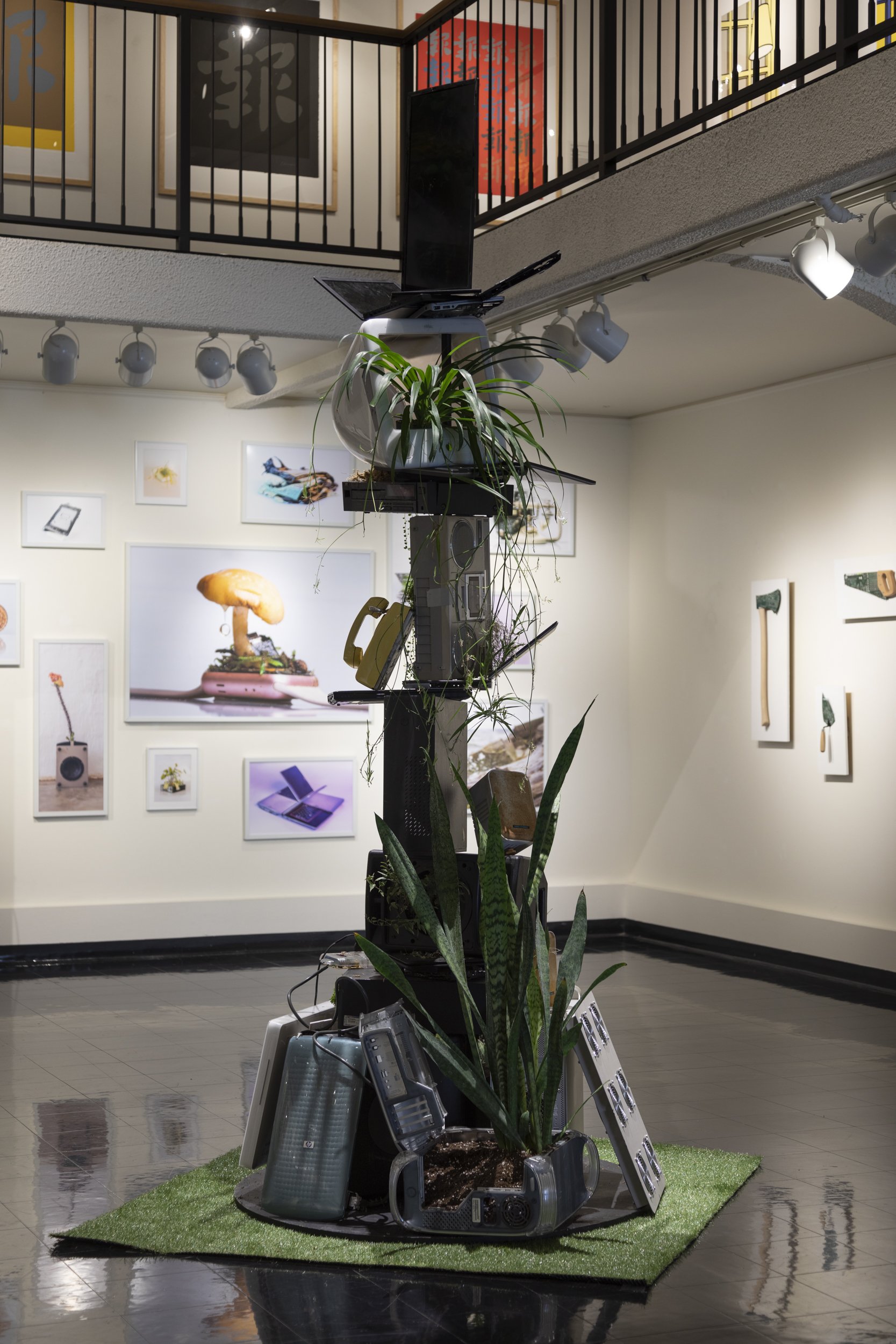


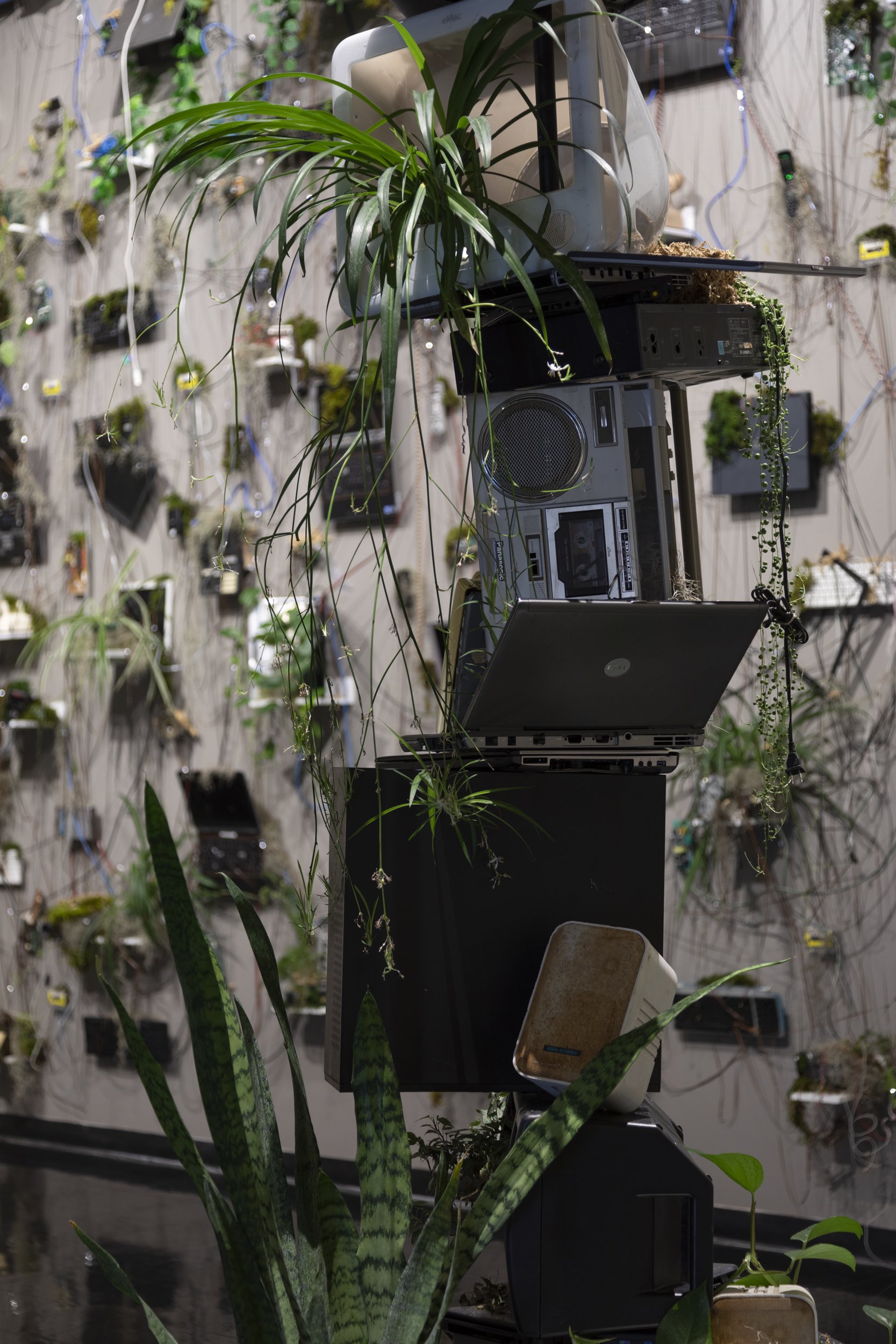


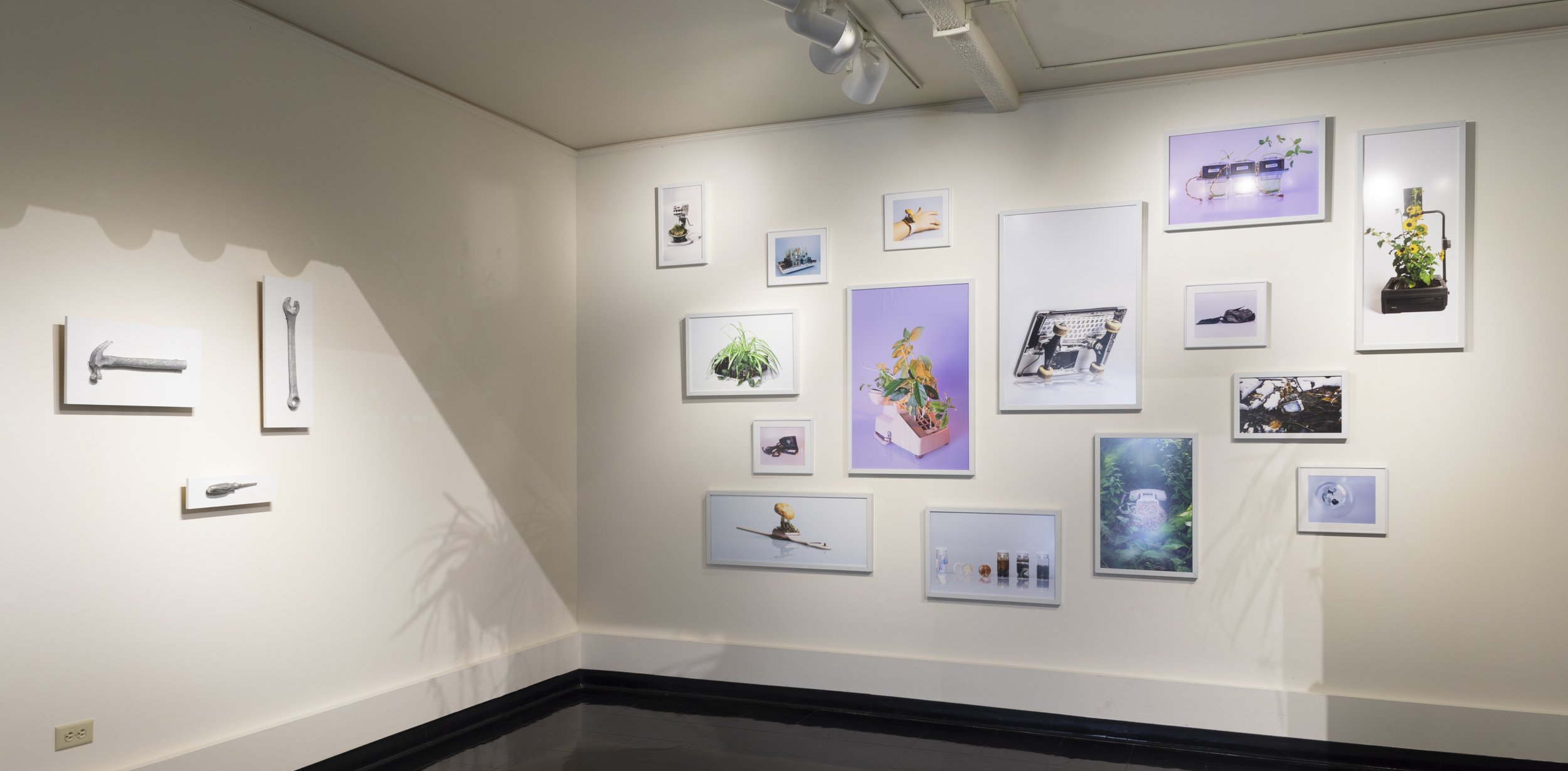
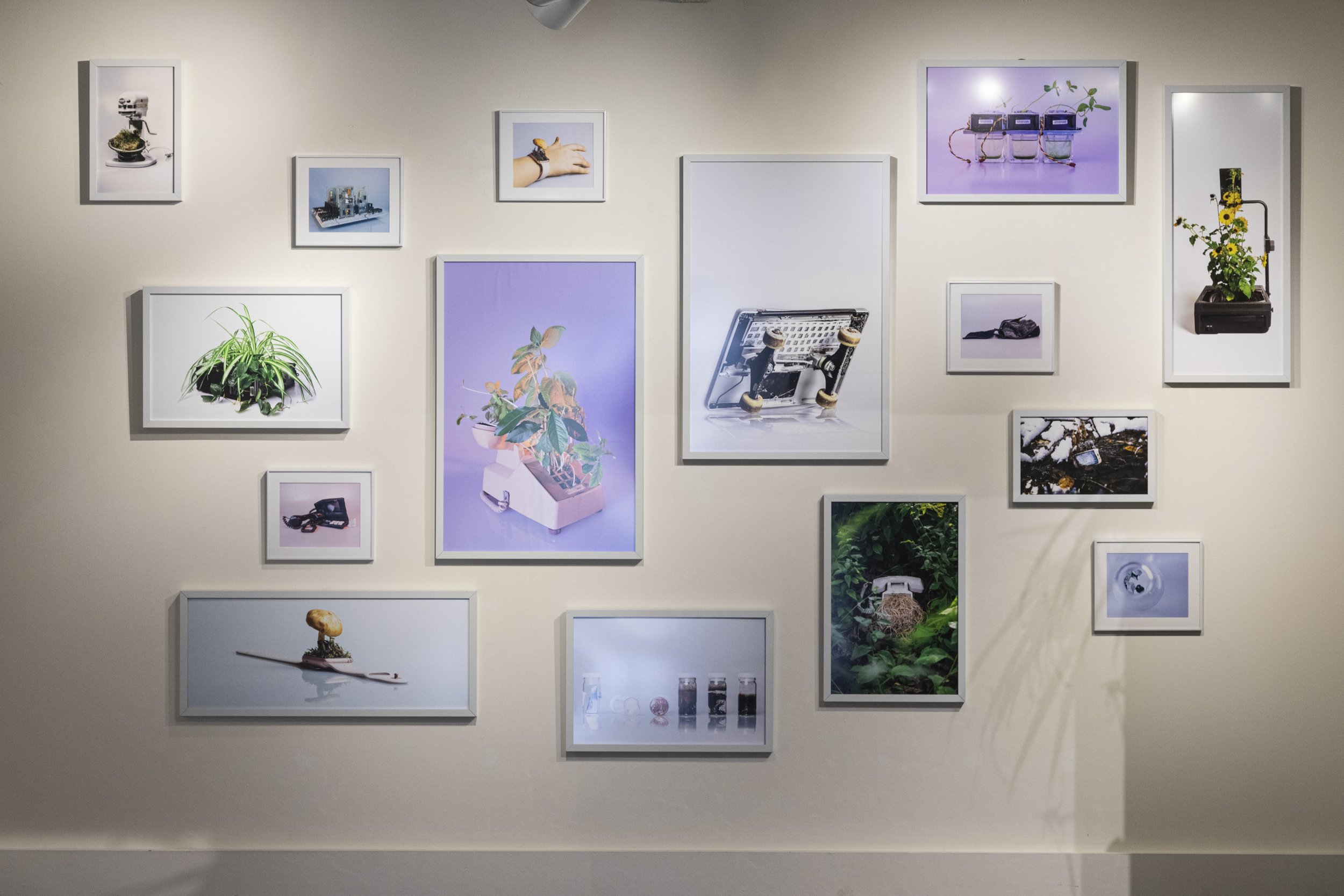
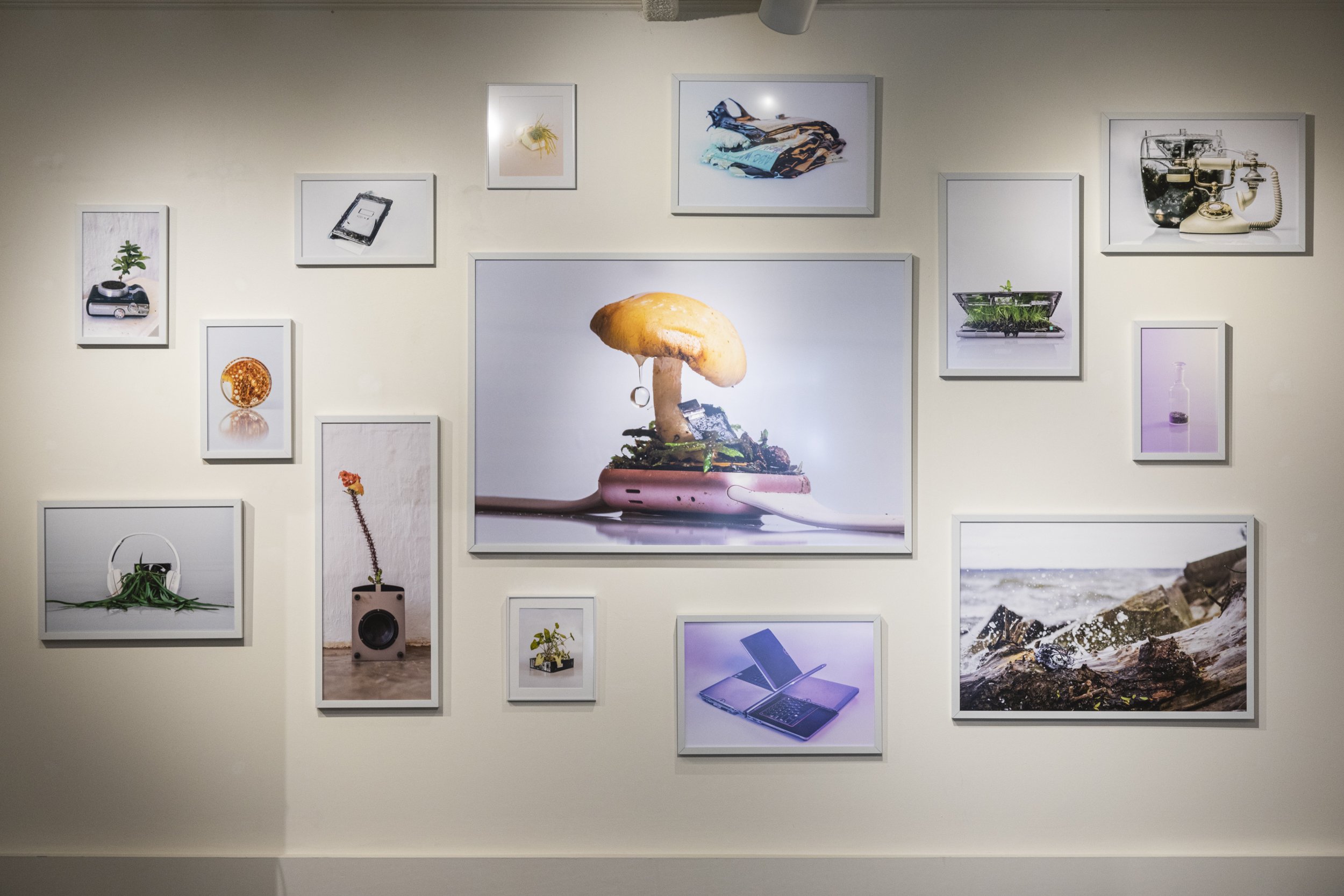
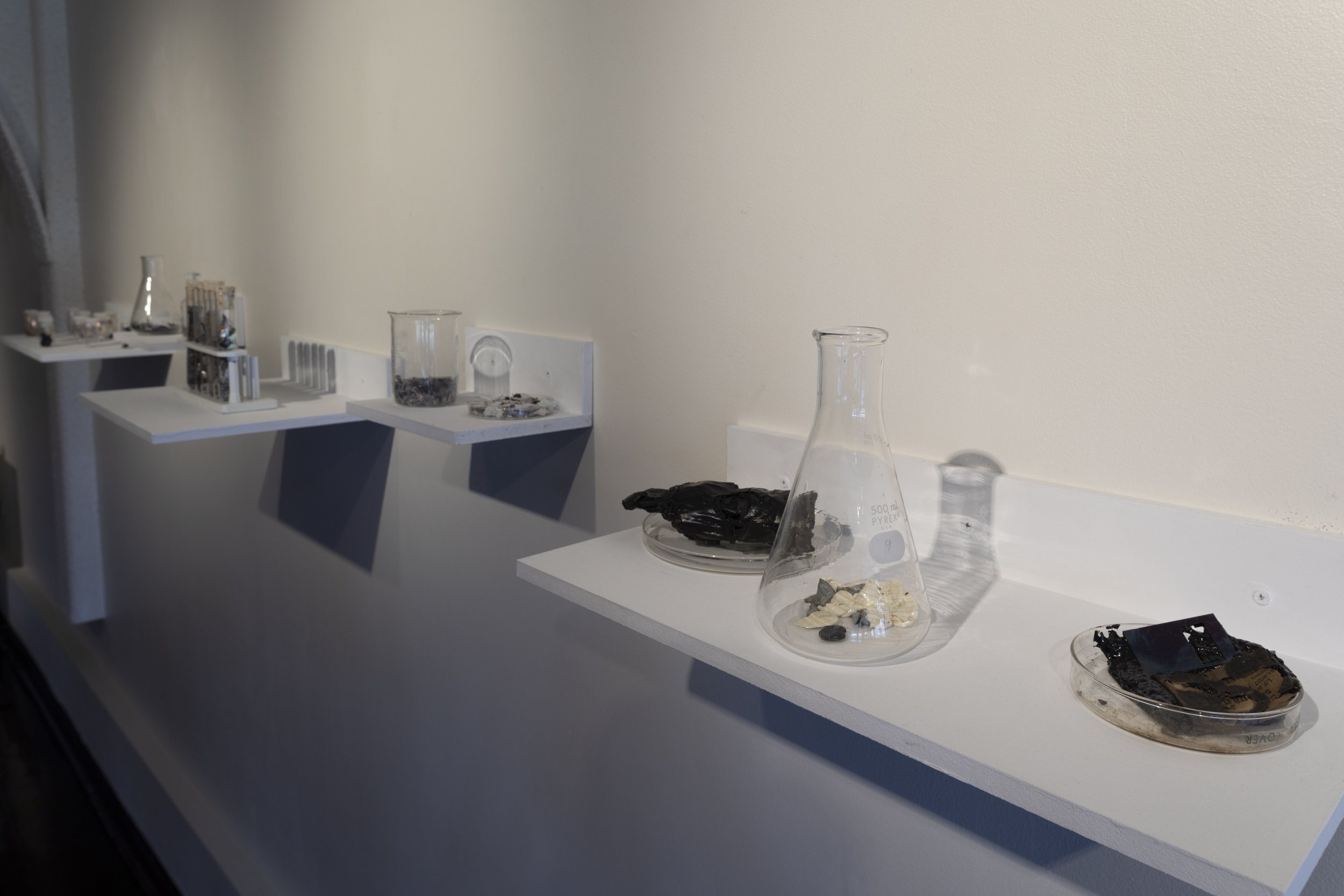
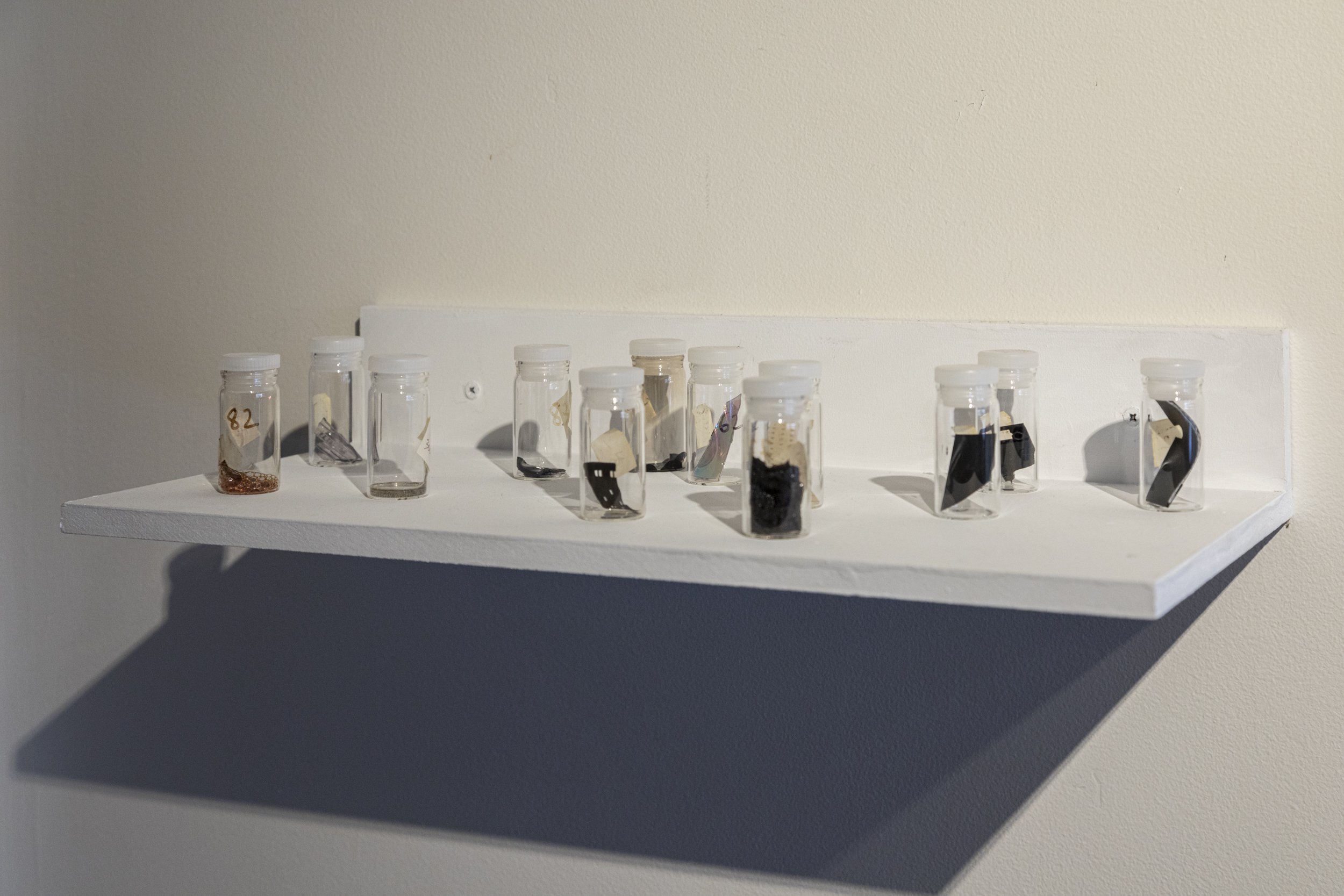
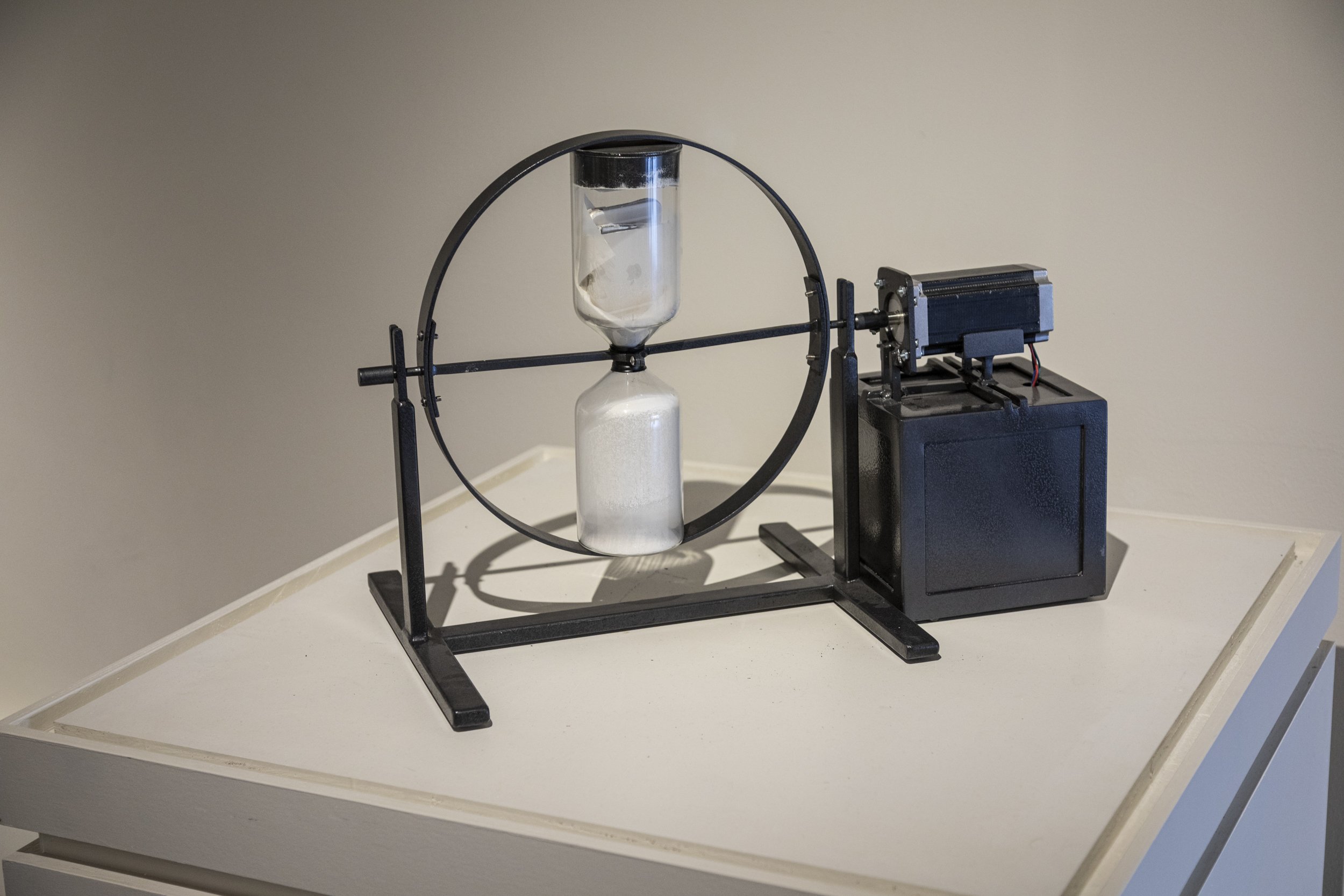

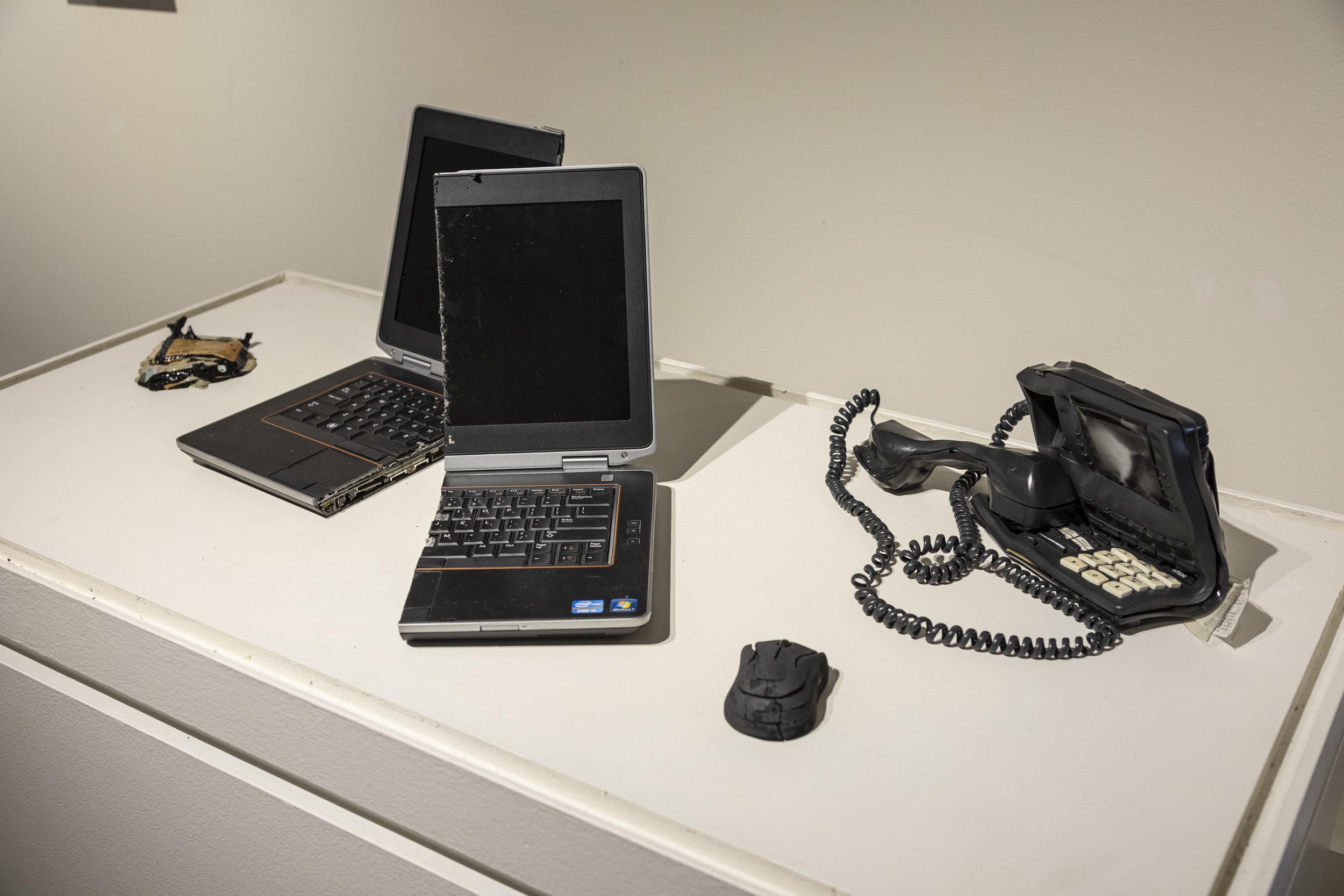
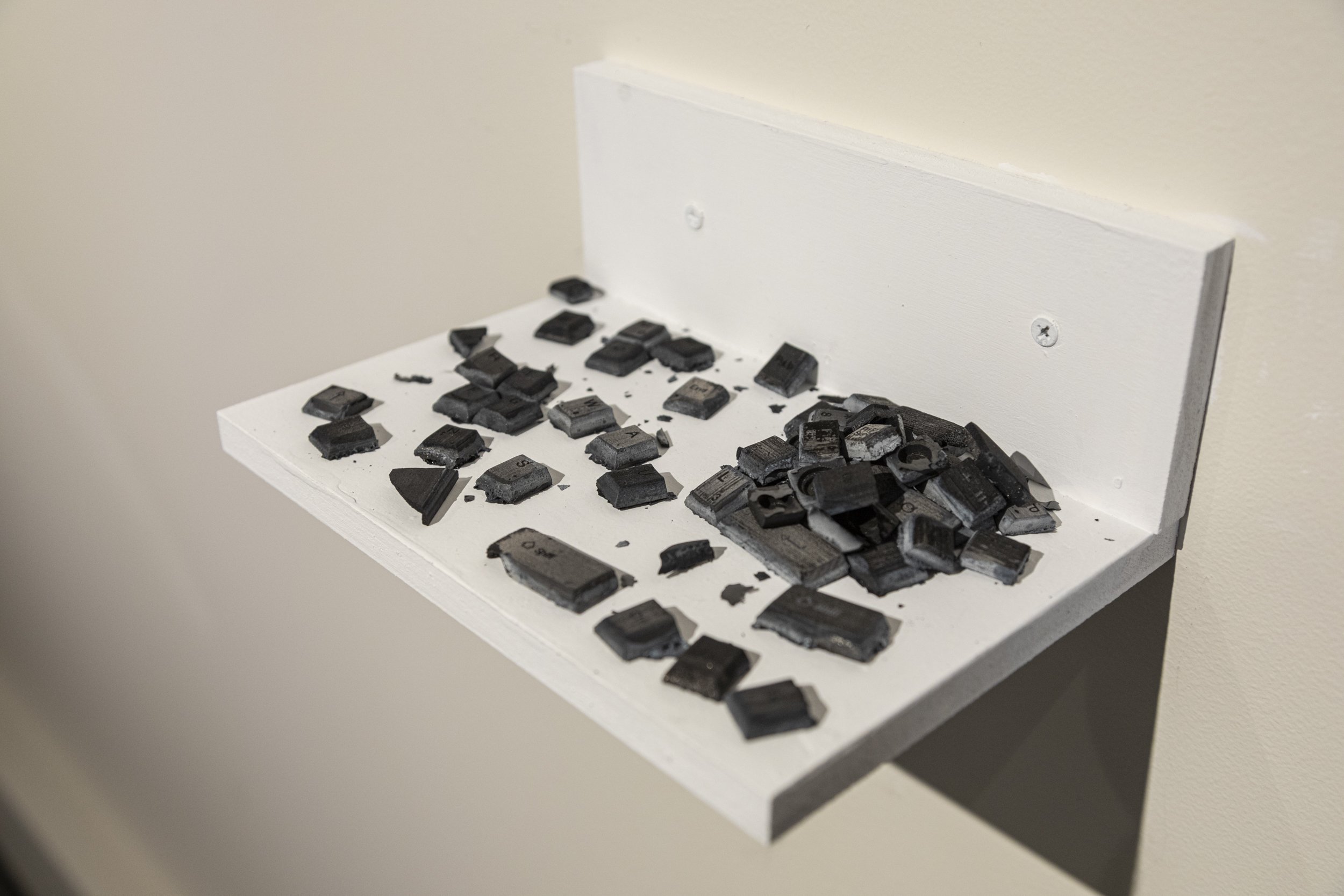
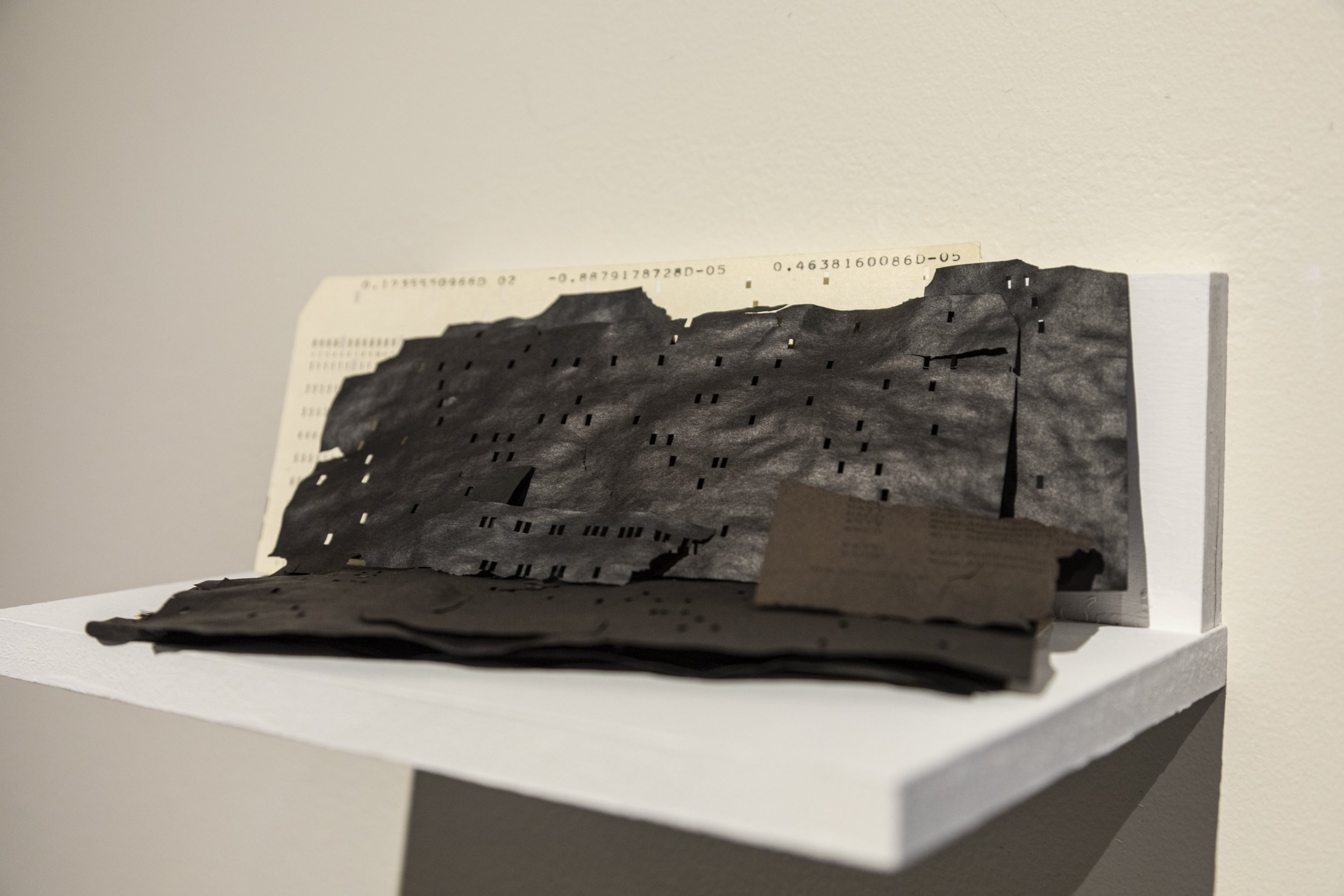


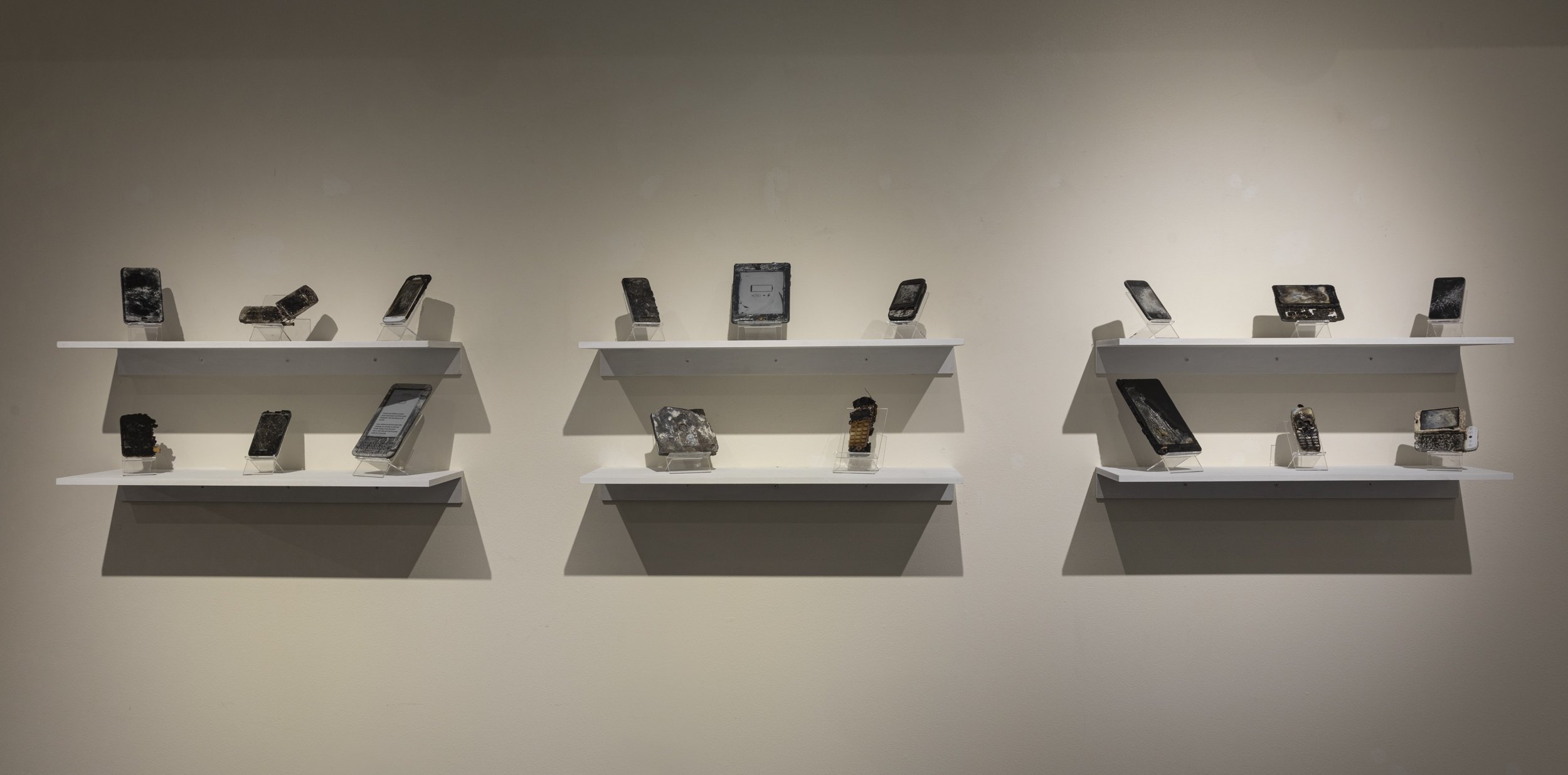
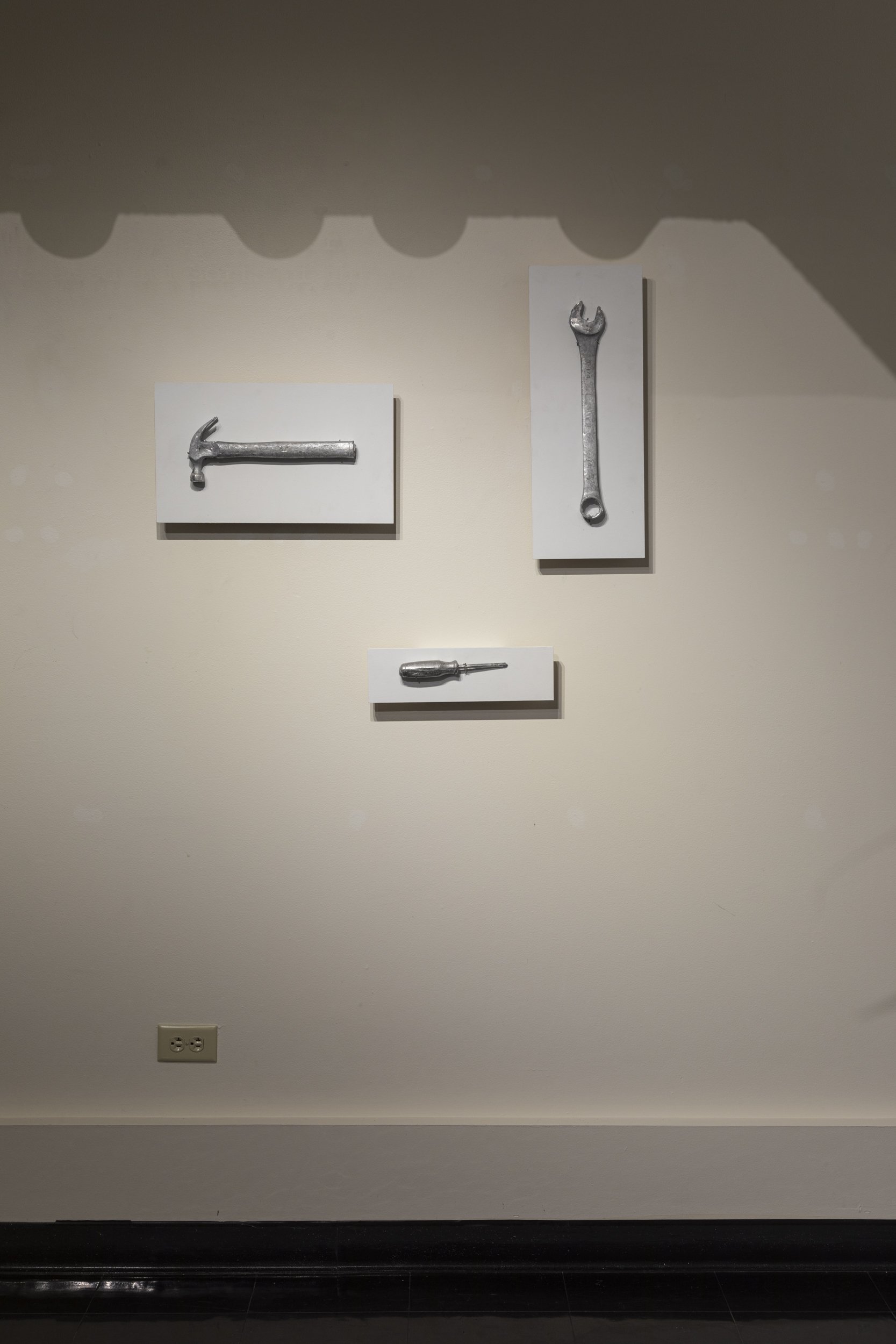
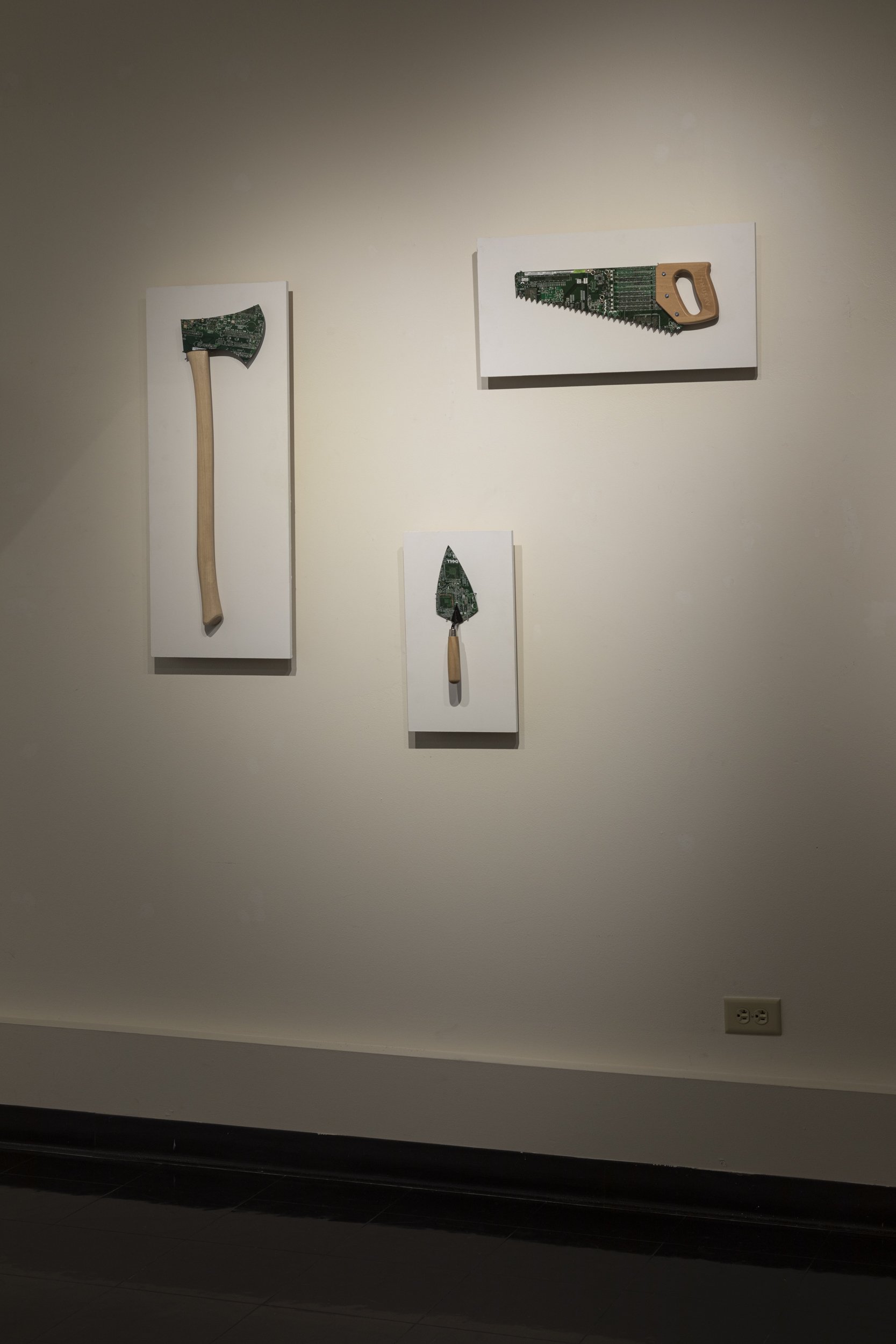
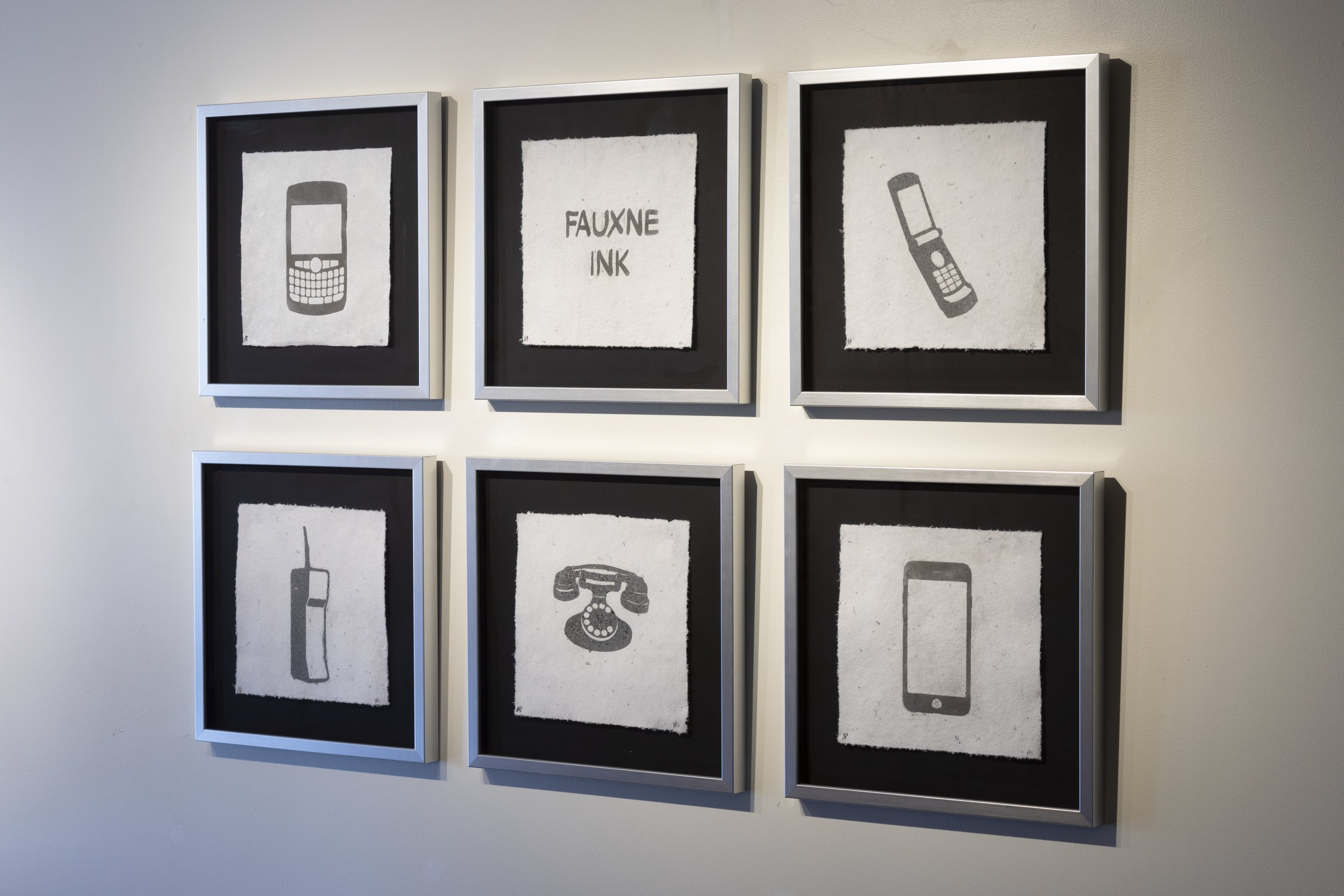
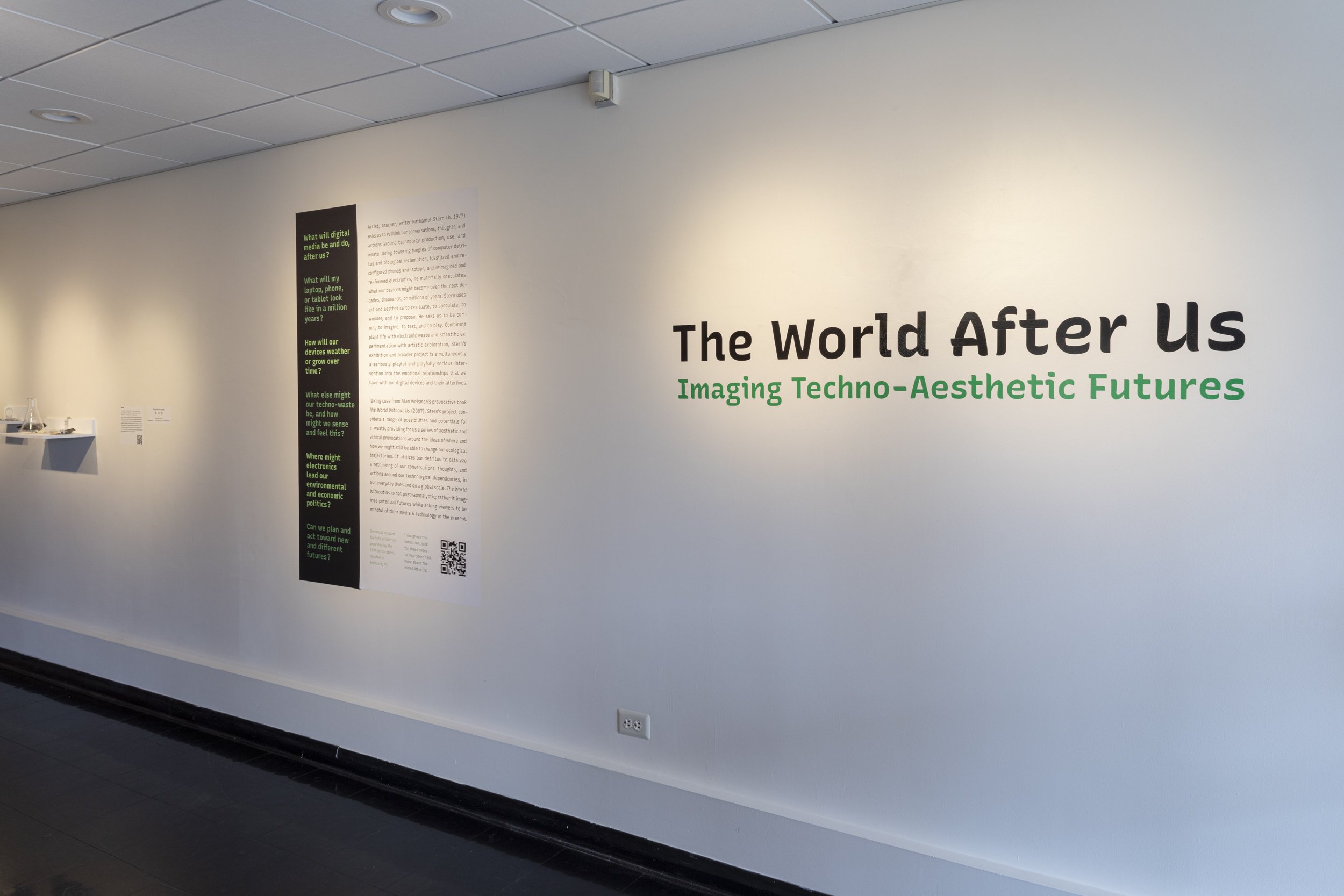
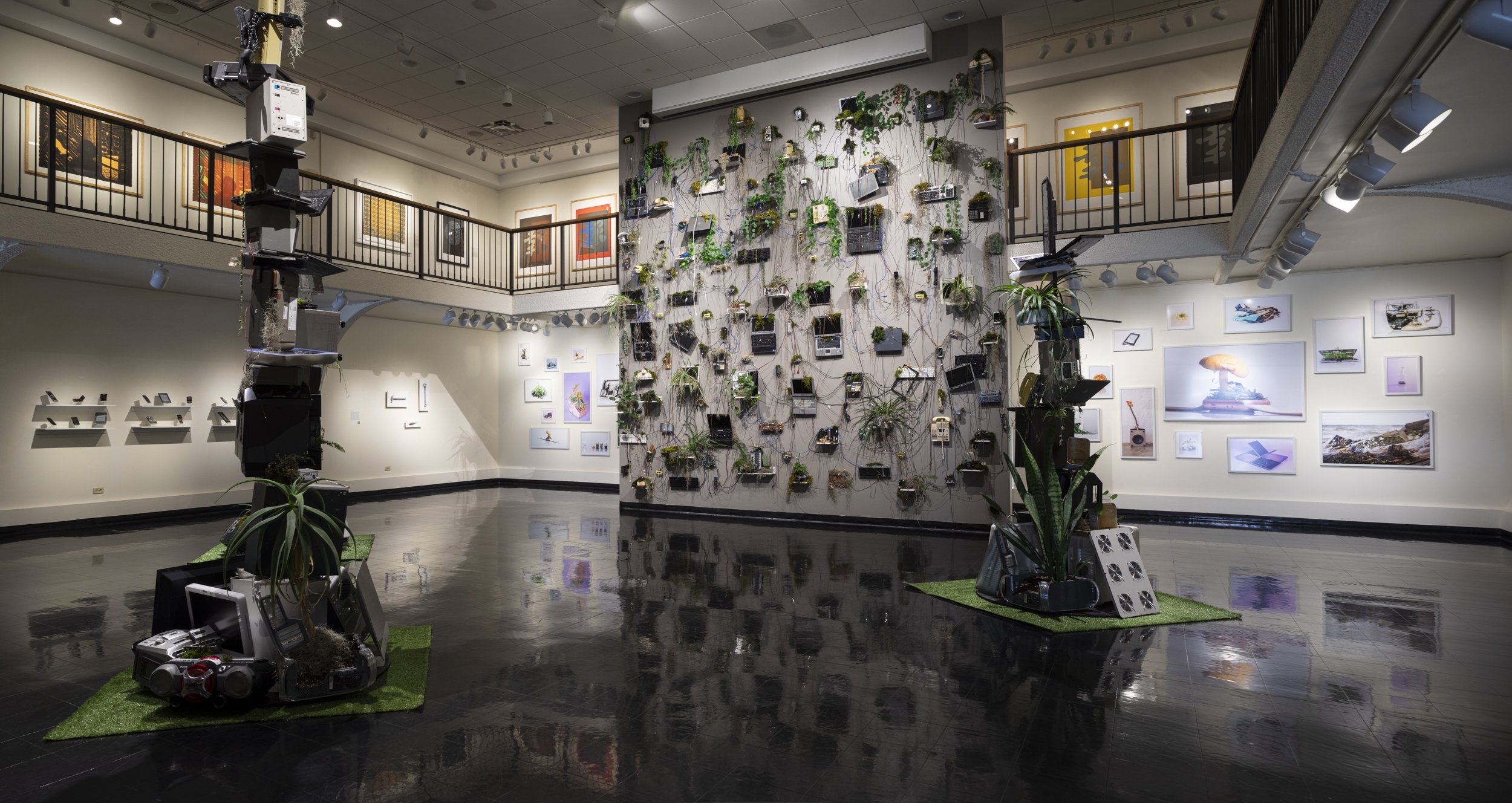
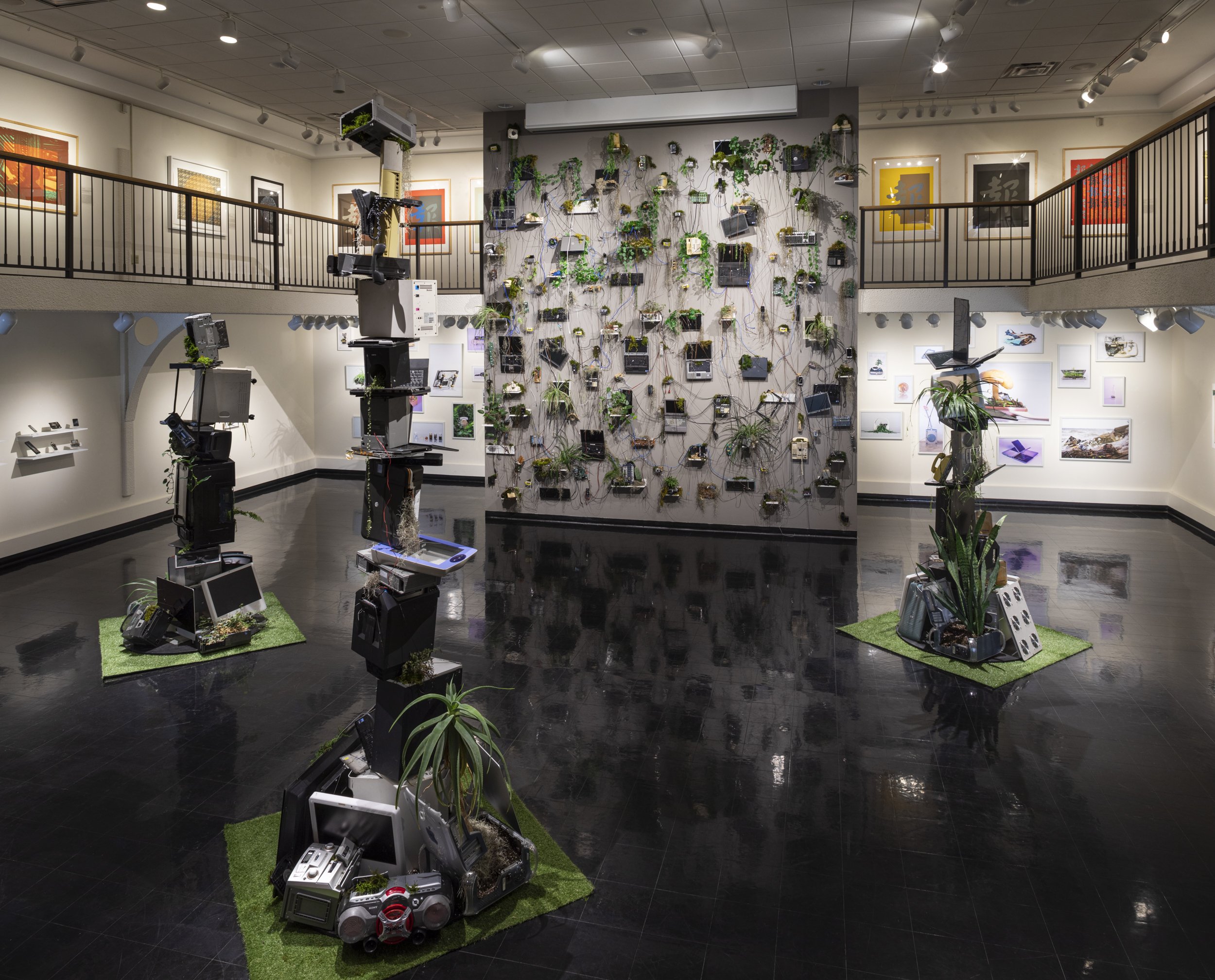
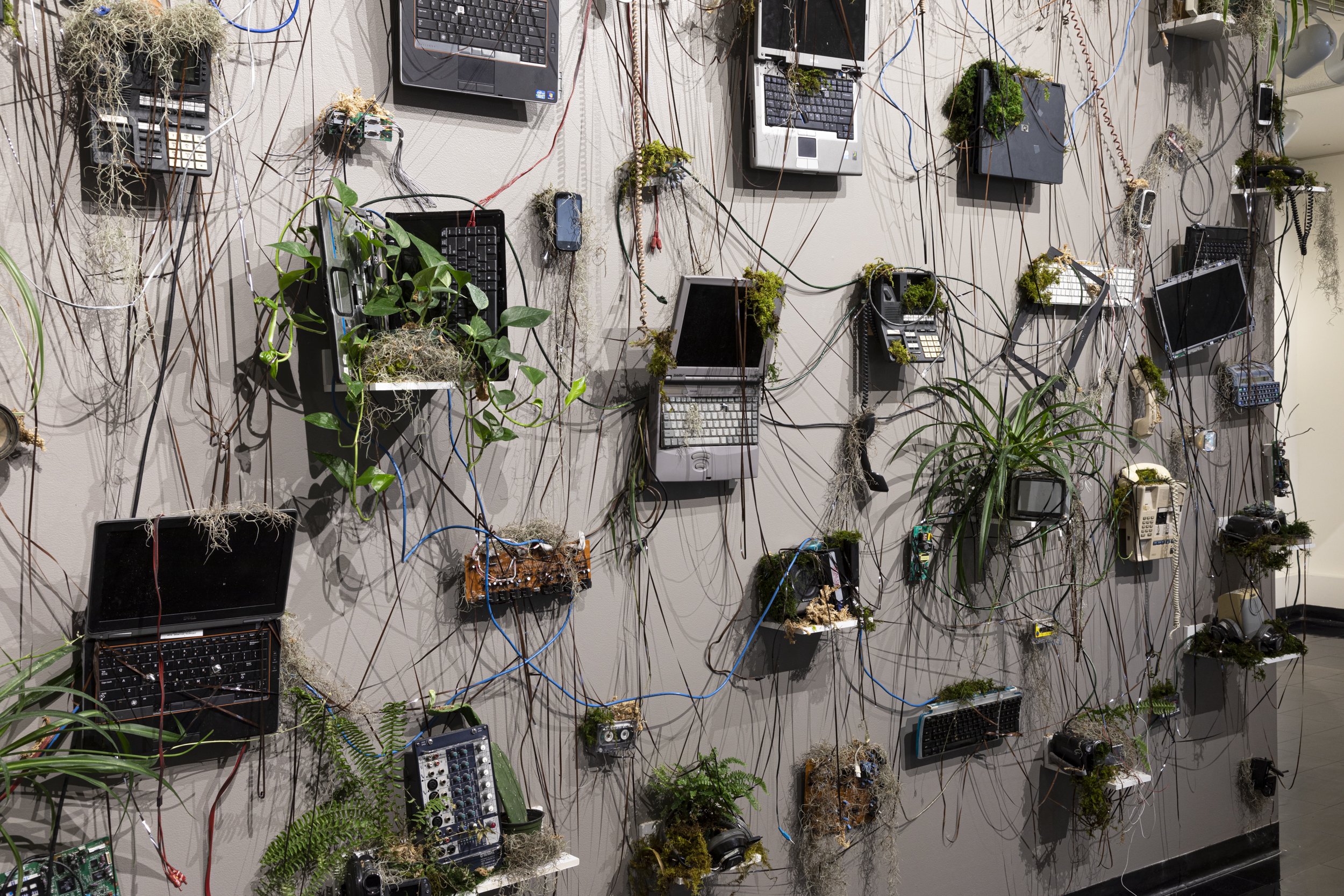
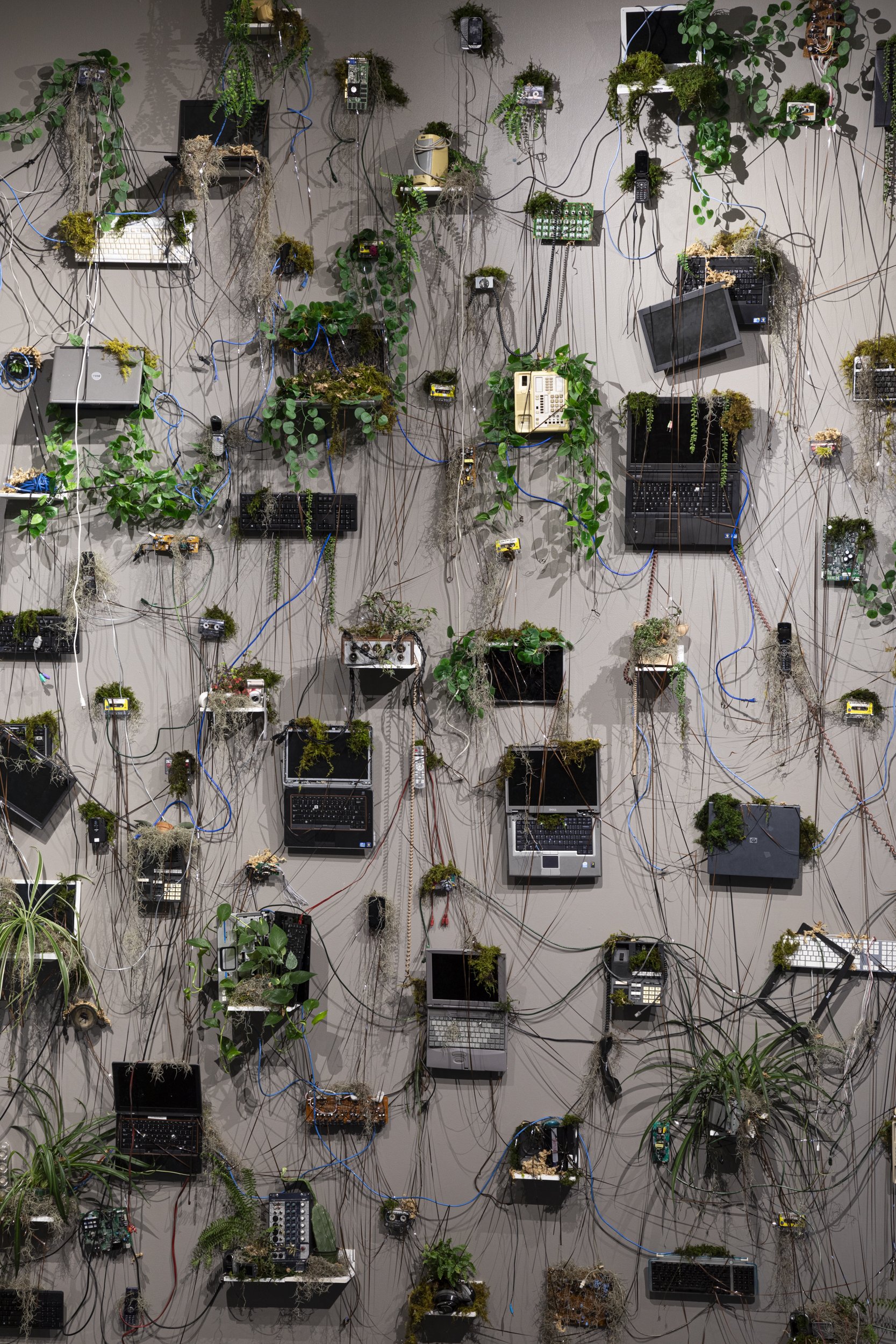
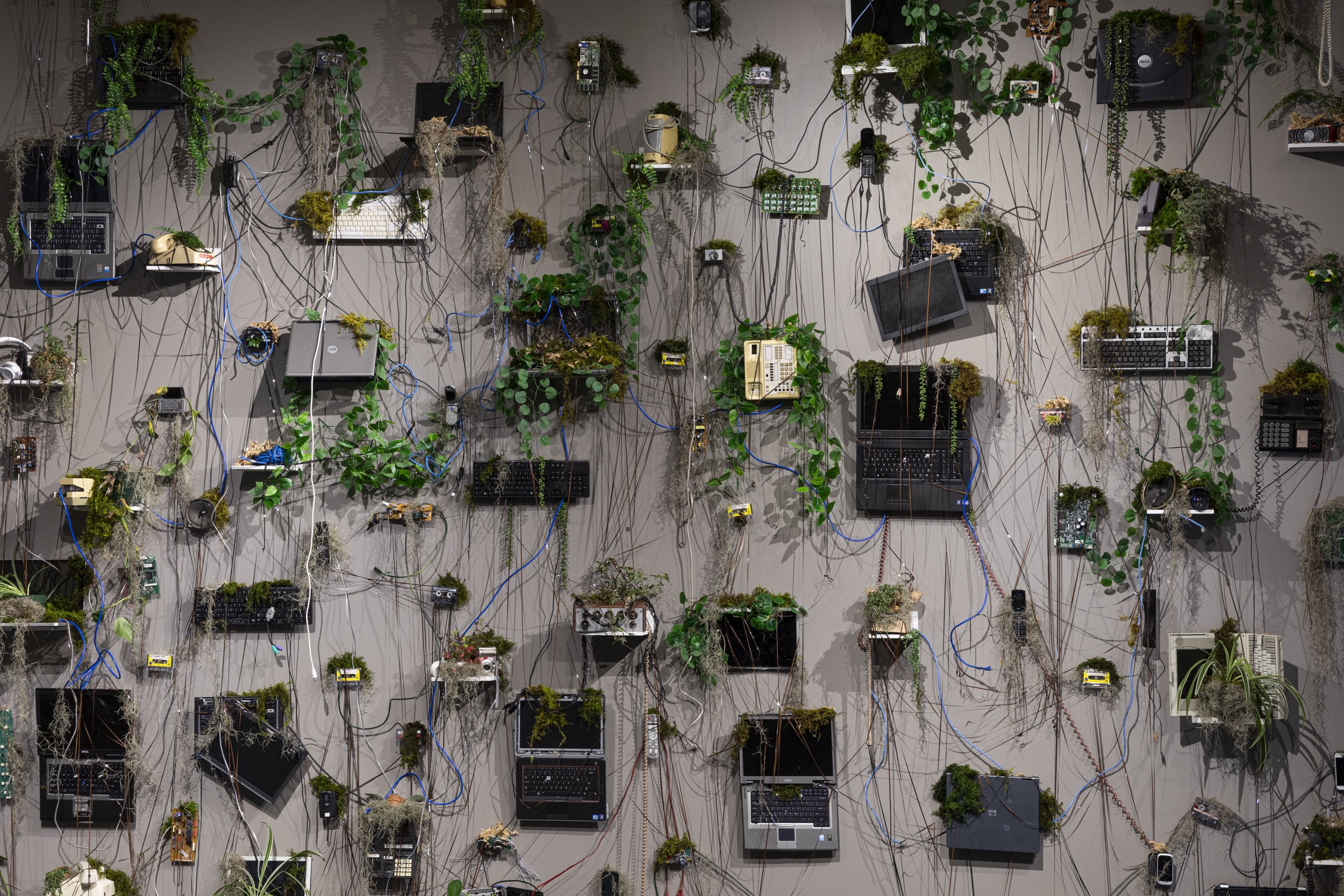
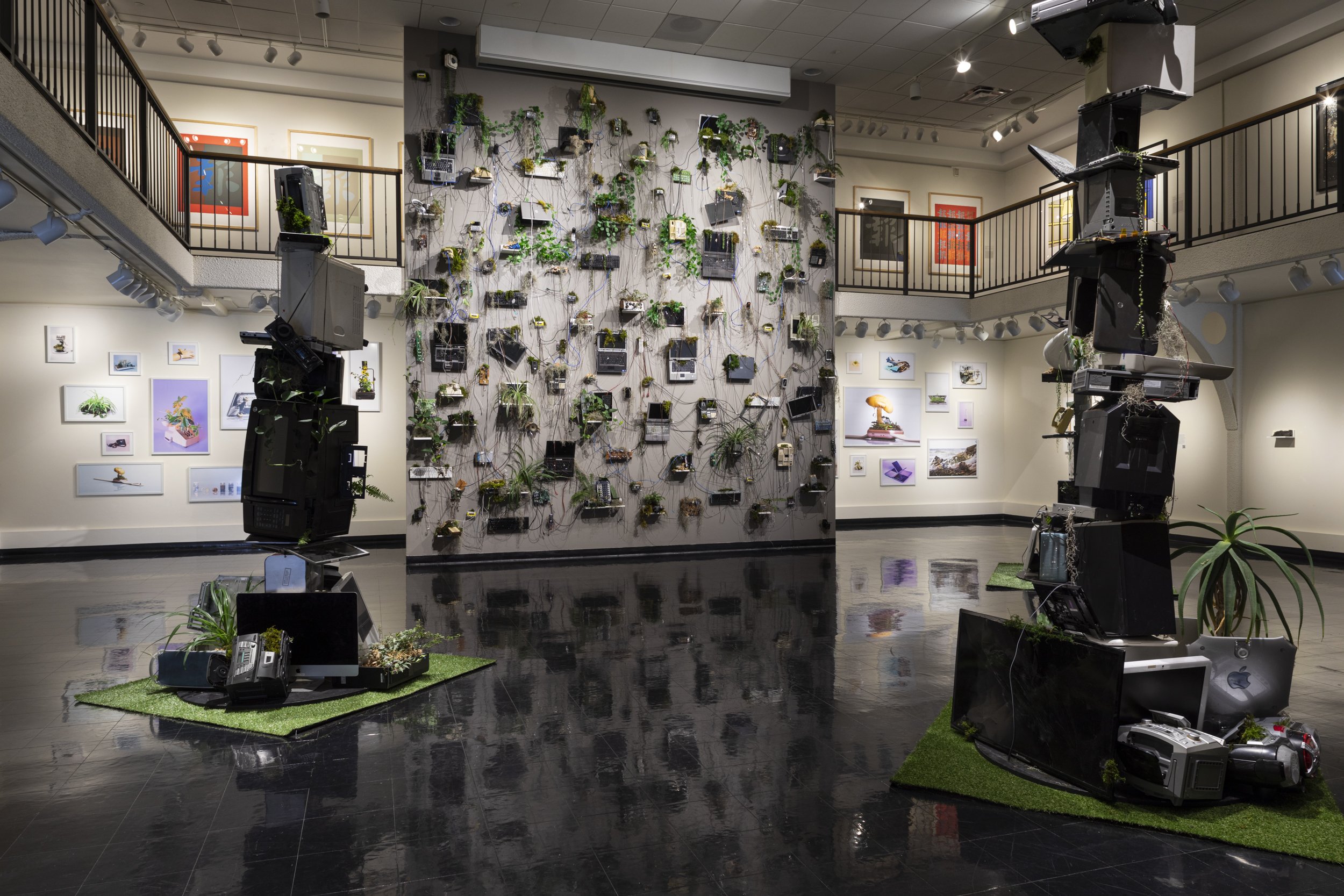
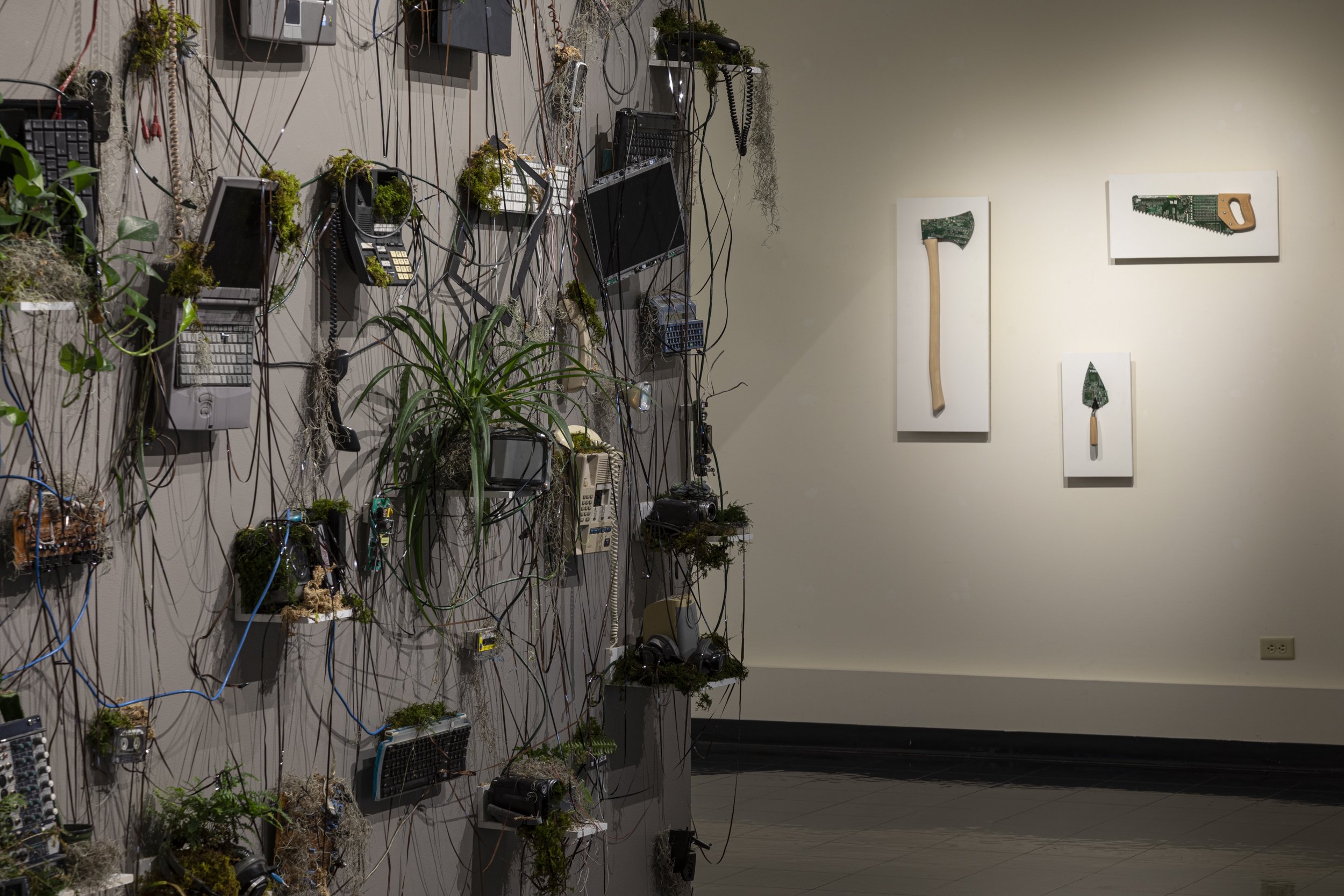
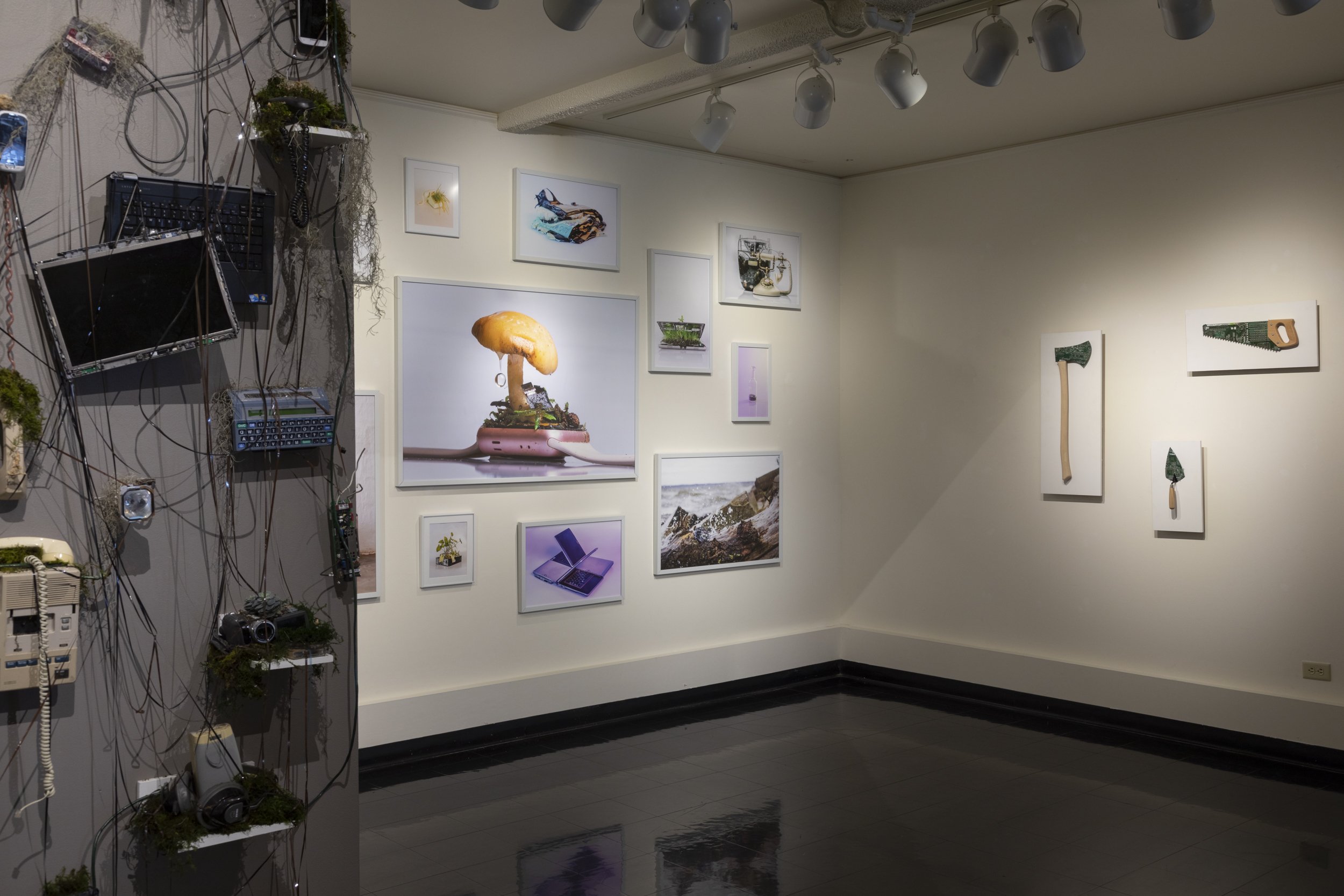
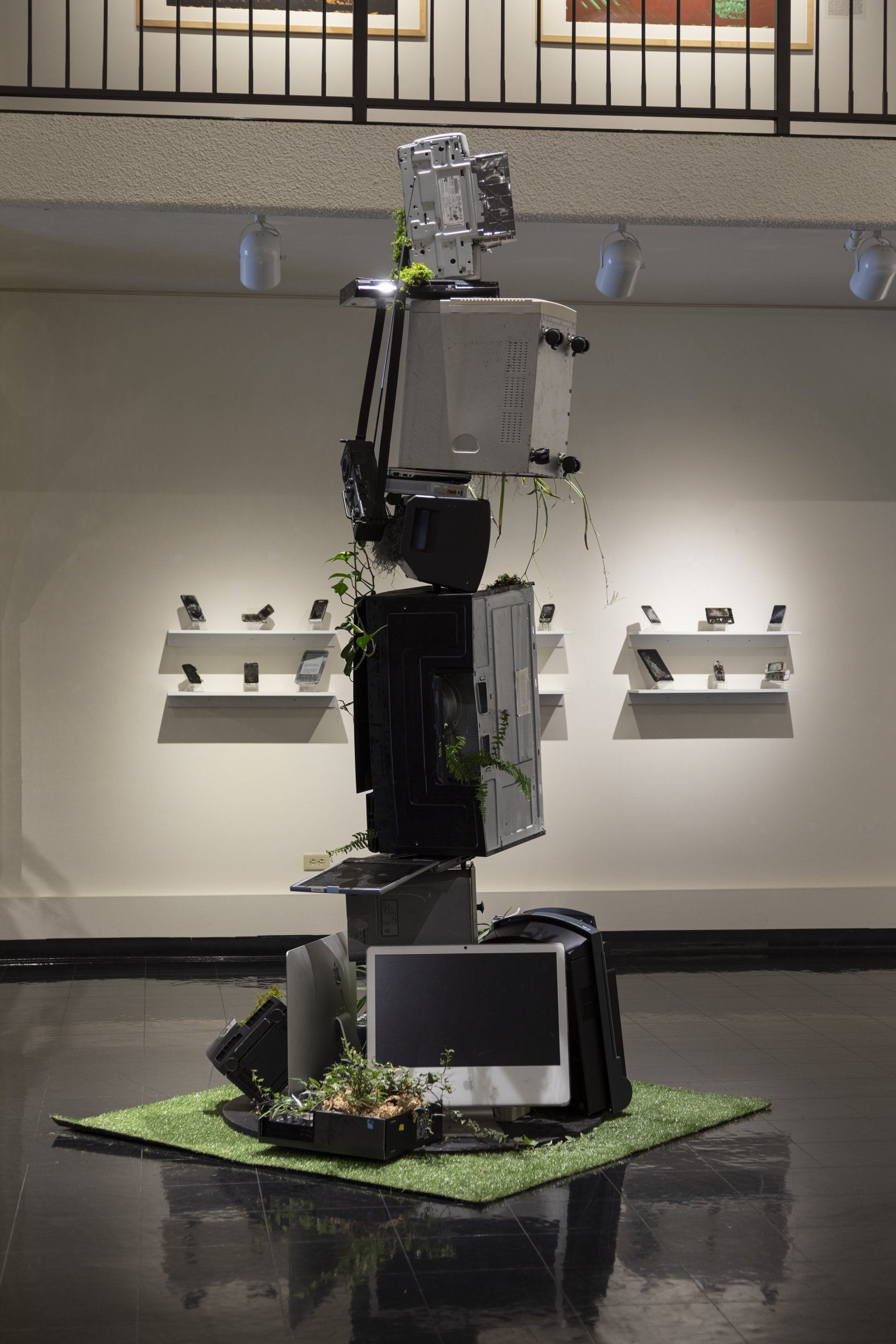

PROGRAMMING: Imagination Science: Collaborations for The World after Us
A panel conversation catalyzed by the exhibition The World After Us: Imaging Techno-Aesthetic Futures encourages us to rethink our assumptions and actions around technology production, use and waste. The panel features the artist, Nathaniel Stern, along with a number of his collaborators on the exhibition and the site-specific commission Circuit Boardwalk. It was moderated by BUAM curator of collections and exhibitions, Claire Kovacs.
Participants:
Nathaniel Stern Professor of Art and Design in Peck School of the Arts and Mechanical Engineering in the College of Engineering and Applied Science, University of Wisconsin – Milwaukee and Research Associate at the Research Centre, Faculty of Art, Design and Architecture, University of Johannesburg.
Johannes Lehmann Liberty Hyde Bailey Professor, School of Integrative Plant Science Soil and Crop Sciences Section and Liberty Hyde Bailey Professor, Department of Global Development, Cornell University.
Konstantin Sobolev Professor, Civil and Environmental Engineering, University of Wisconsin – Milwaukee.
Sasha Stiles First-generation Kalmyk-American poet, artist and creative strategist working at the intersection of text and technology.
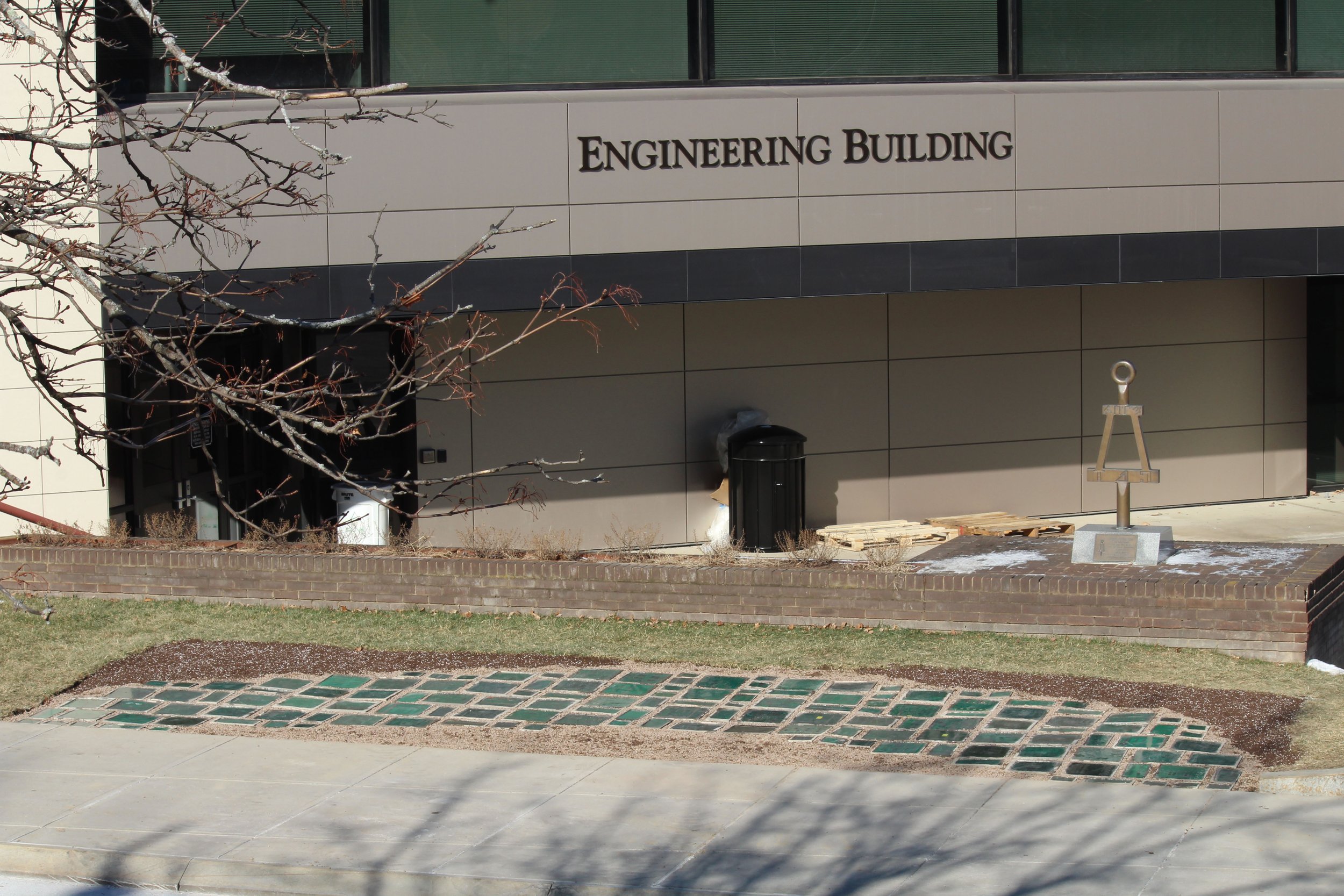
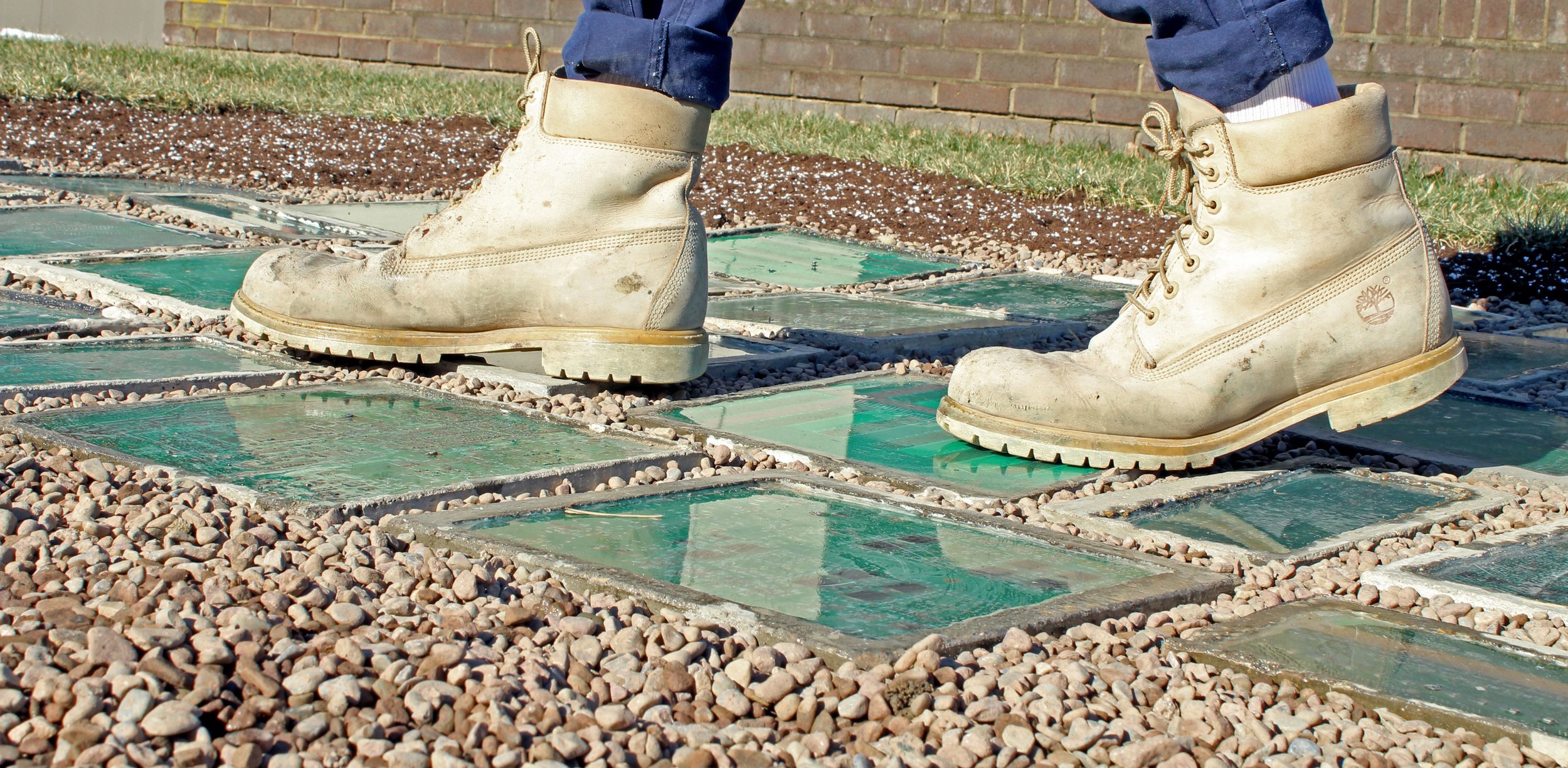
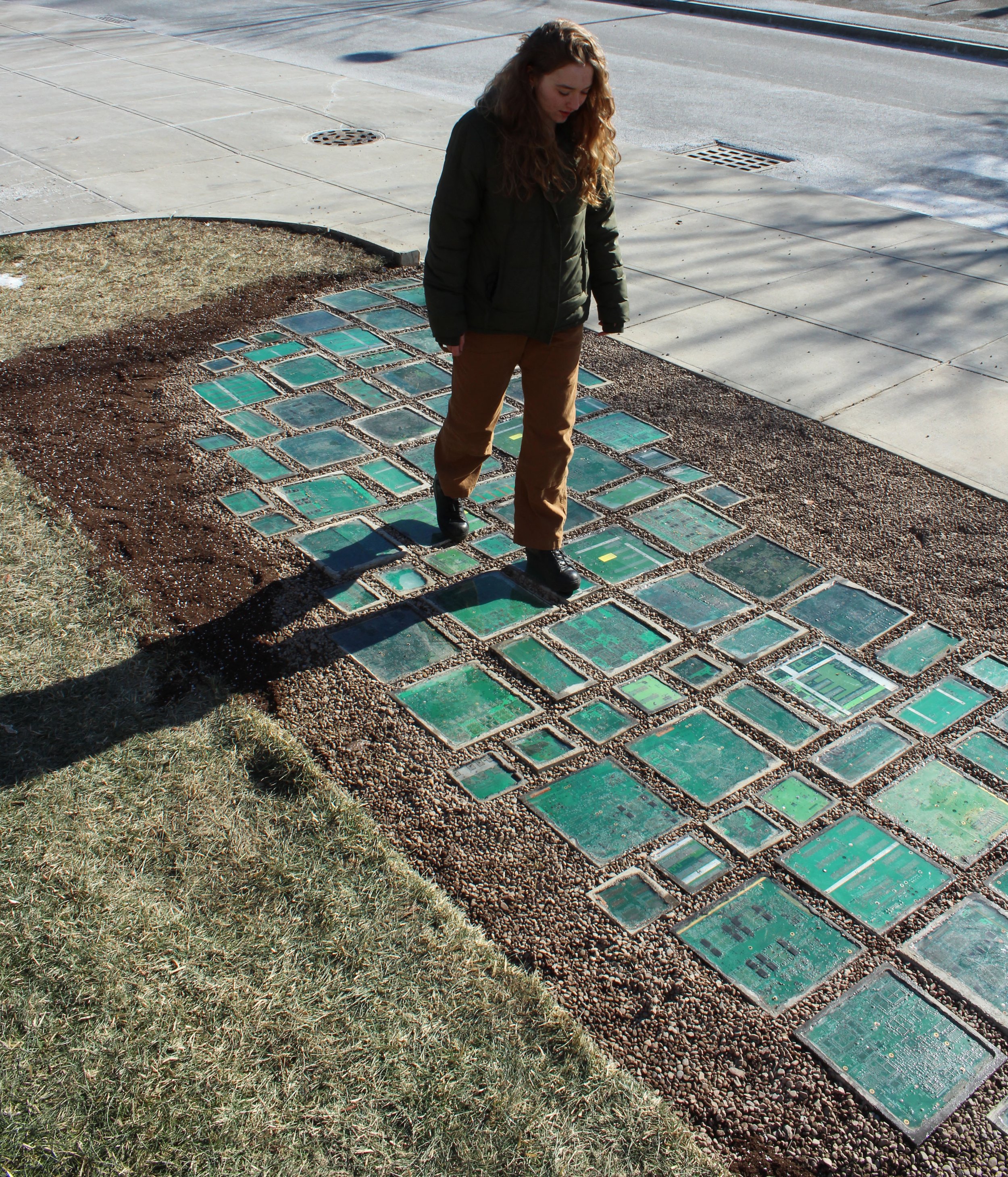
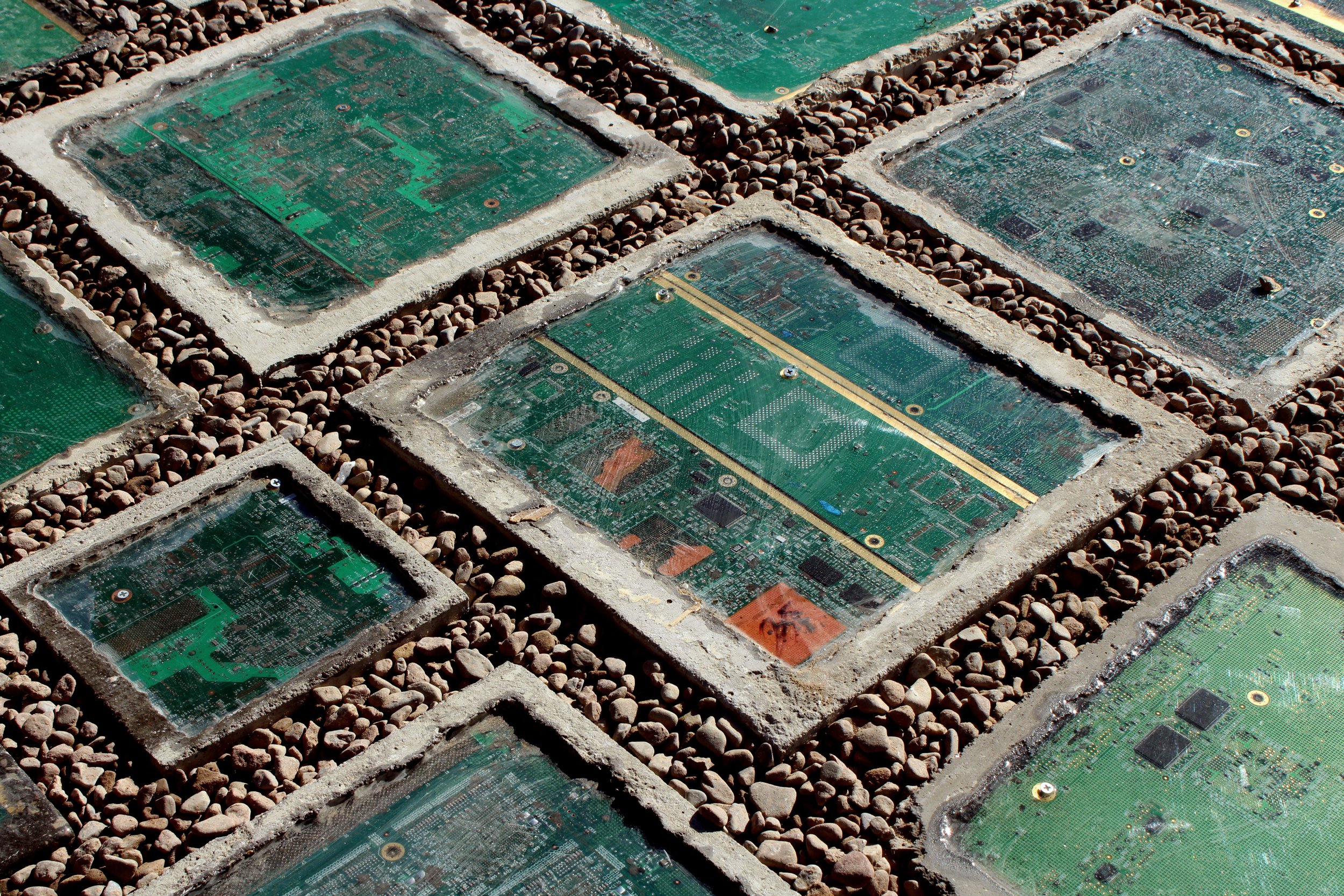

COMMISSION: Circuit Boardwalk
Installed in conjunction with the winter exhibition, The World After Us: Imaging Techno-Aesthetic Futures, Nathaniel Stern’s Circuit Boardwalk (2022) is a temporary, site-conditioned installation that models a way in which our waste (here, circuit boards and concrete) can be recycled into composite concrete tiles for artistic and/or practical purposes. Stern’s exhibition, installation, and programming provide ways for us to think collaboratively about how art and aesthetics can work alongside science and engineering.
EXHIBITION MATERIALS
Exhibition poster (designed by Alessandro Segalini)
Intro text (designed by Alessandro Segalini)
Section labels (designed by Ann Ordiway)
Circuit Boardwalk signage (designed by Alessandro Segalini)
